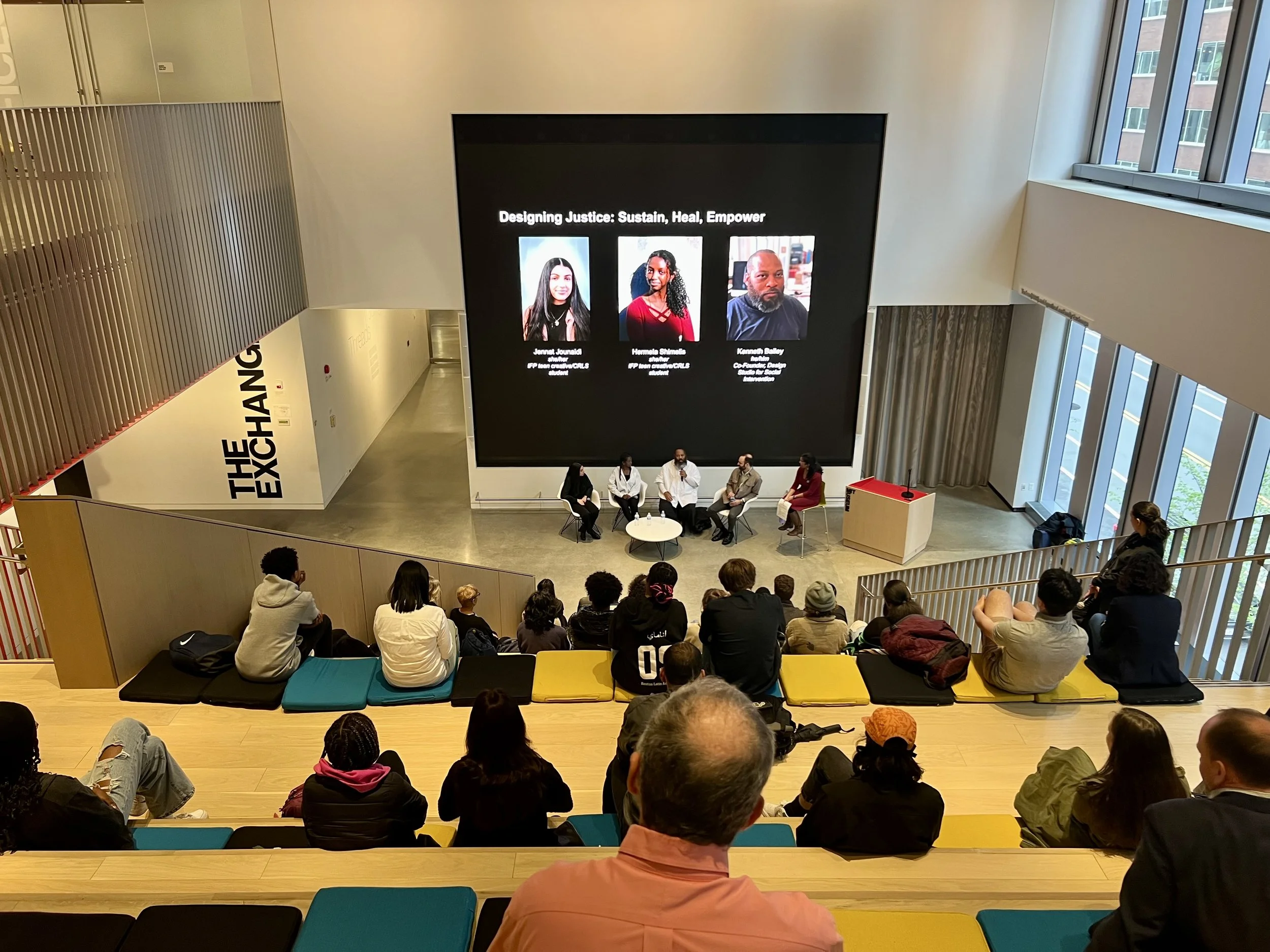From Talk to Traction
Blog 1.5: From Talk to Traction
“Being an iFp’r has been truly transformative... iFp gave me the tools to think critically, advocate with purpose, and approach complex issues through an interdisciplinary lens.” - iFp Alum Jennat
I hadn’t planned to reveal iFp’s “secret sauce” this early in the blog series—but here it is:
Create meaningful opportunities.
Equip young people with the tools they need.
Then step back—and let them lead.
Maybe?
When I launched this blog, the goal was simple:
To reflect on what we’re learning at iFp—and to spark a larger conversation about how we can build real pathways into the innovation economy.
That conversation isn’t new. We’ve been having it since iFp’s beginnings. But something about the responses to Blog 1 felt different.
The Comments. The Shares. The Messages.
They sparked a kind of optimism that maybe, just maybe, we’re ready to shift from leaning back (talking) to leaning forward (doing).
2 Blocks and a World Apart
Back in 2020, we launched a project called 2 Blocks. It asked a simple but urgent question:
How much of a difference can 2 blocks from the most innovative square mile on the planet make?
“2 blocks” refers to the physical and symbolic distance between many of our students and Kendall Square. Surrounded by some of the most powerful companies in the world, young people weren’t finding their way into the life-changing careers happening right in their own backyard.
Over three years, the 2 Blocks initiative engaged everyone, from the City Manager and Superintendent to business and community leaders.
The project culminated in a Summit that drew over 100 people.
By most measures, it was a success.
And yet, it was one of my most frustrating moments in iFp.
Why?
Although some attendees had been with us since the beginning, I left with the feeling that for too many, the talk was the work.
Not Just What We Teach—But Who We Believe In
Pathways into the innovation economy run through three phases: K–12, college, and workforce. Of the three, K–12 is the most understood—and yet the most resistant to meaningful change.
I’m not convinced it’s the hardest to change.
But it does require a fundamental shift—not just in curriculum, but in belief.
Young people aren’t just vessels we pour knowledge into.
They are Problem-Solvers. Designers. Builders.
And when given real tools, real challenges, and real trust, they lead with purpose.
What Comes Next
Comments from Blog 1 inspired this post (Blog 1.5). In Blog 2, we’ll dig into the infrastructure question:
What are the real bridges that carry students from early curiosity to lasting opportunity?
If Blog 1 was about questioning the system,
Blog 2 is about understanding why the gap persists—and what it will take to truly close it.
Let’s keep the conversation going.
But more importantly—let’s keep building.
Purpose. Possibility. Pressure.
The pressure is necessary—because it’s not happening on its own.
This post is part of Building Pathways into the Innovation Economy—a new (almost) weekly series sharing real stories and reflections from the front lines of youth empowerment and inclusive innovation.


